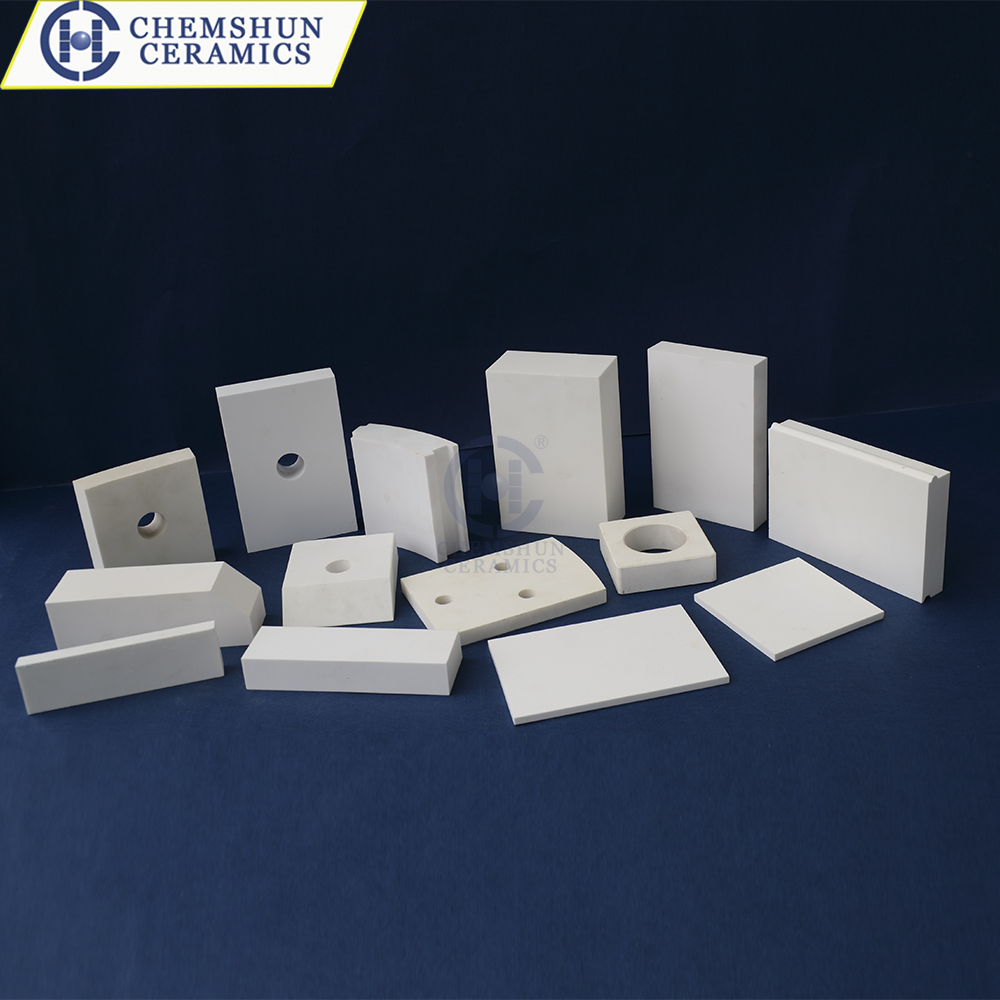In the field of materials science, we are constantly looking for new materials with excellent properties and stability. Among them, alumina ceramics are widely used in various fields because of their excellent physical and chemical properties, as well as high temperature resistance and corrosion resistance. Today, let’s take a closer look at the chemical stability of alumina ceramics.
First of all, the chemical stability of alumina ceramics is mainly reflected in its resistance to most acids, bases and oxidants. This is because the structure of alumina ceramics is tight and the bond between molecules is strong, which makes it able to maintain its original form and properties in most harsh environments. This stability makes alumina ceramics widely used in chemical, petroleum, metallurgy and other industries.
Secondly, the chemical stability of alumina ceramics is also reflected in its antioxidant properties. Under high temperature conditions, many materials will react with oxygen, causing their structure and properties to change. Alumina ceramics, however, remain stable in this environment and do not react with oxygen. This oxidation resistance makes alumina ceramics play an important role in aerospace, military and other fields.
In addition, the chemical stability of alumina ceramics is also reflected in its acid and alkali corrosion resistance. In our daily life, acids and bases are common substances, and they have corrosive effects on many materials. However, alumina ceramics are able to resist acid and alkali corrosion and maintain their original properties and structure. This resistance to acid and alkali corrosion makes alumina ceramics widely used in food processing, chemistry, medical and other fields.
In general, the chemical properties of alumina ceramics are stable, so that they can maintain good performance and shape in a variety of harsh environments. This stability makes alumina ceramics widely used in many fields.
Post time: Nov-27-2024


